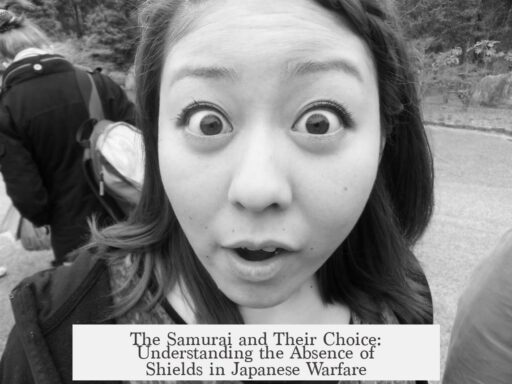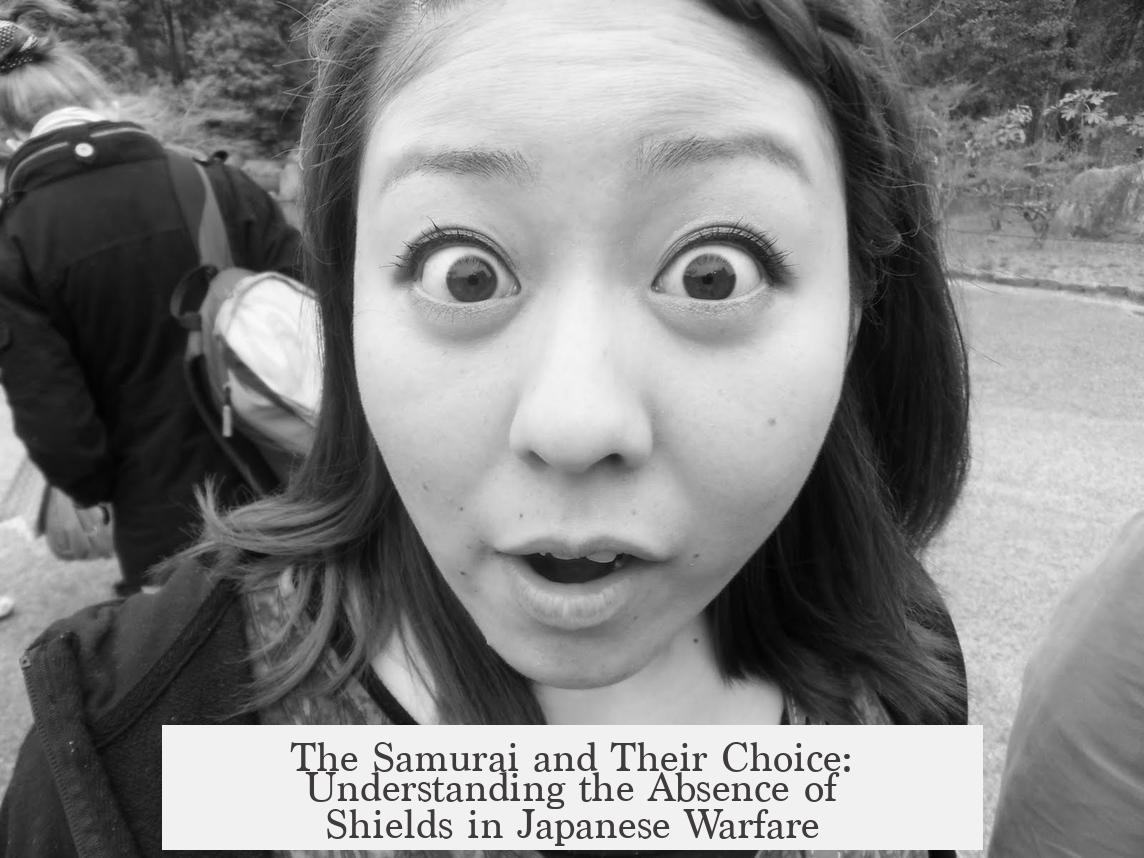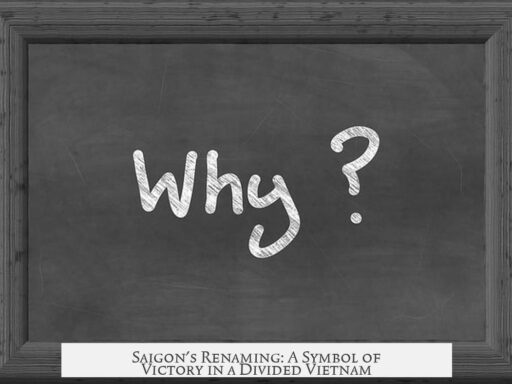Samurai did not use shields because their combat style, weaponry, and historical context made shields impractical and unnecessary. Their fighting techniques evolved primarily from spear fighting, not shield and sword combinations. Japanese warfare emphasized spears, bows, and later firearms, which reduced the role of close-quarter defense tools like shields.

Early Japanese martial arts schools such as Katori Shinto Ryu focused heavily on spear combat. Spears were the dominant weapon on battlefields alongside bows. Guns also became widespread during the late Sengoku period. These weapons prioritized reach and ranged attack over the need for shields.
During the Edo period, the role of the sword changed to self-defense and dueling. Shields became cumbersome and impractical in this era. Carrying a sword and a shield limited the user’s offensive and defensive options. A single weapon allowed for greater fluidity and speed, which suited the samurai’s style better than the added bulk of a shield.

European use of shields was deeply rooted in their military history, with influences from Greek phalanxes and Roman legions. These formations relied heavily on shields for tight group defense. Japan did not follow this path and lacked such influences, so the shield did not integrate into their martial culture as it did in Europe.
Additional factors include the samurai’s emphasis on mobility. They often fought as horse archers before adopting guns. Shields would impede their speed and agility, crucial for their tactics. Once firearms became prevalent, the need for shields diminished further. By the Edo period, samurai were often bureaucrats rather than active warriors, reinforcing the decline of bulky defensive gear.

| Factor | Explanation |
|---|---|
| Spear-based Combat | Martial arts founded on spear fighting reduced need for shields. |
| Dominant Weapons | Spears, bows, and guns were primary battlefield weapons. |
| Clumsiness of Shields | Shields limited mobility and offensive ability. |
| No Hellenistic Influence | Absence of Roman and Greek fighting systems made shields nonessential. |
| Samurai Mobility | Horse archery and speed were key, incompatible with shields. |
- Samurai combat evolved from spear fighting, prioritizing reach and speed.
- Shields were bulky, hindering mobility vital for samurai tactics.
- Japanese warfare lacked Roman/Greek shield traditions, unlike Europe.
- Weapons like bows and guns further reduced need for shields.
- During the Edo period, swords served self-defense without bulky gear.
Why didn’t the Samurai use shields?
Simply put, samurai didn’t use shields because their fighting style, weapons, and battlefield tactics made shields unnecessary and even impractical. This might surprise those who picture ancient warriors charging with sword and shield side by side. But the samurai followed a very different path from their European contemporaries. Let’s untangle this fascinating story.
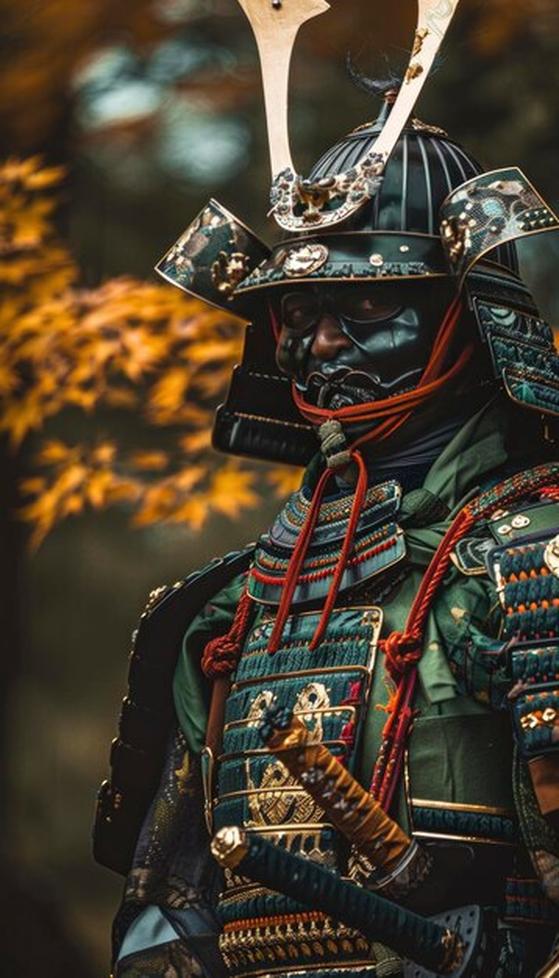
The first piece of the puzzle lies in the origins of Japanese weaponry and martial arts. Samurai swordsmanship, famously elegant and deadly, actually evolved from spear fighting. Schools like Katori Shinto Ryu, Nen Ryu, and Kage Ryu were spear masters first and foremost. Interestingly, Katori Shinto Ryu was founded mainly as a spear school. In fact, the spear—not the sword—was king on Japanese battlefields for most of history.
Why does this matter? Spears require both hands and demand movement and reach over defense by a shield. Fighting with shield and spear simultaneously is awkward and rare in any culture, because a shield blocks your forward reach. So Japanese warriors focused on spear thrusts, arrow volleys, and eventually guns, not shield defense.
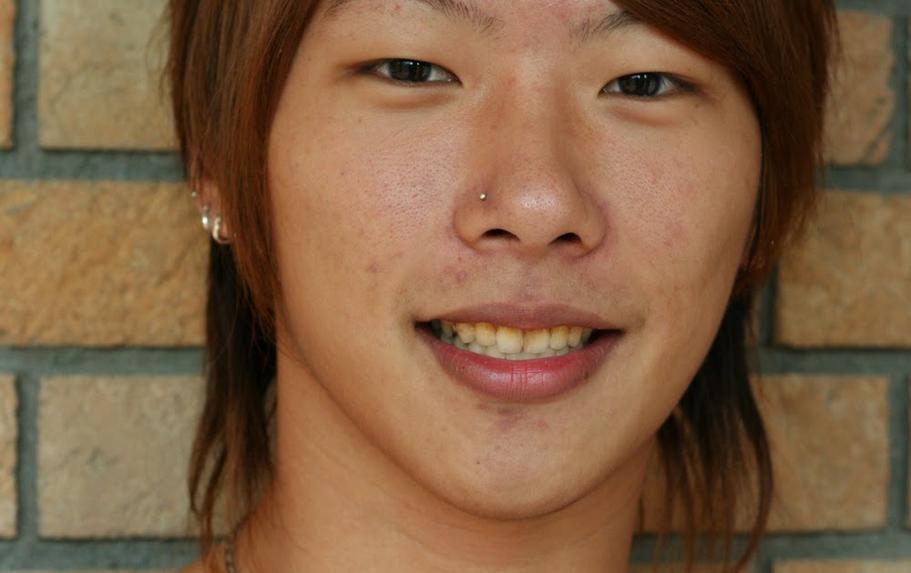
Speaking of guns, the Sengoku Jidai era (15th-17th centuries) saw plenty of firearms action. Japanese warriors used guns extensively, which changed battlefield dynamics dramatically. When guns dominate, you rarely see shields used because bulky shields don’t protect well from bullets and slow down rapid movement.
Swords and Shields in the Edo Period: Why Shields Fell Out of Favor
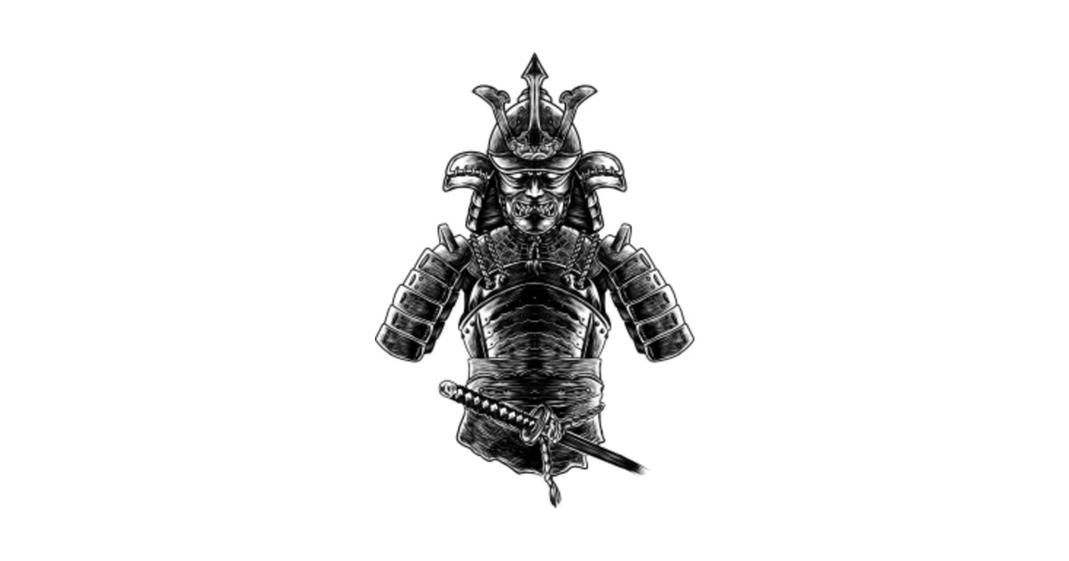
Fast forward to the Edo period. Japan enjoys peace, and samurai wield swords mostly for self-defense and dueling, rather than open combat. At this stage, shields would appear terribly clumsy. Imagine trying to finesse a delicate katana duel with one hand busy holding a shield. Clumsy, right?
Swords require mobility and precision, especially in one-on-one combat. Holding a shield reduces your options: how to parry, slice, and counterstrike? It cramps your style. So swords alone became the go-to weapon for close defense and offense. Europeans might say, “But what about shields in self-defense?” Well, Europe’s fighting history favored shield usage differently. And that takes us to our next major difference—culture and influences.
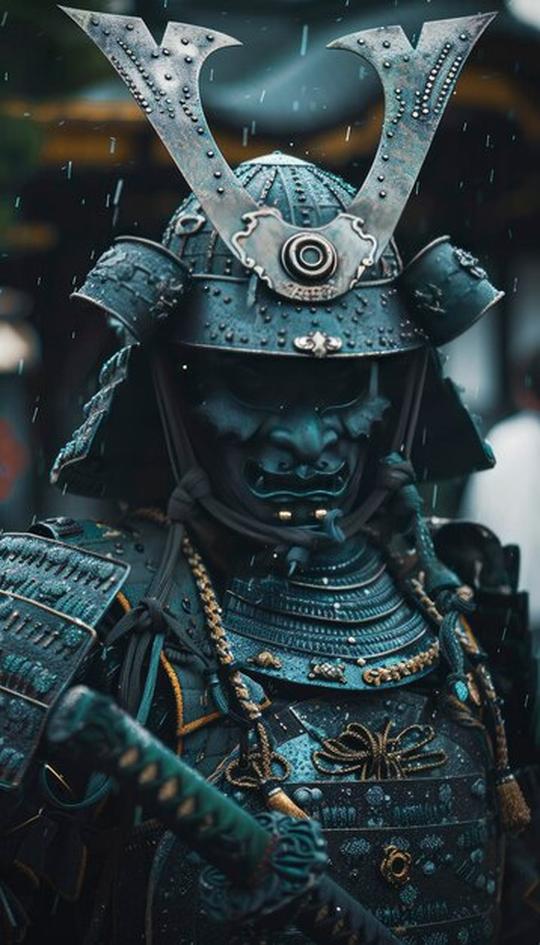
The European Shield Tradition vs. Japan’s Unique Path
Europe’s use of shields ties deeply to their organized fighting styles, like the Greek phalanx and the Roman legion. These formations demanded soldiers stand shoulder-to-shoulder with shields interlocked—a wall of defense. The Romans perfected sword and shield combo techniques, giving soldiers protection and offensive power in tight formations.
Even after organized fighting waned, Europeans kept sword and shield fighting alive through martial traditions. Shields became a symbol and tool of individual defense as well.
Japan, however, never saw this Hellenistic or Roman influence. Their martial culture developed in isolation, with no ancient phalanxes or legions dictating shield warfare. As a result, the shield never became a core element of their battlefield strategy.
Additional Factors: Speed, Mobility, and Evolving Roles
Samurai were known for their agility and speed. Shield use slows down a fighter considerably due to their size and weight. Samurai moved fast—on horseback, with bows and arrows, and later with guns. Carrying a heavy shield would have hindered their mobility and offensive potentials.
On top of that, samurai weren’t always frontline fighters. By the Edo period, they transitioned to bureaucrats and administrators as Japan stabilized. Their swords became more symbolic of their status than practical battlefield equipment.
What Can We Learn From This?
The samurai’s avoidance of shields teaches a valuable lesson: weapons and armor evolve not just from what’s “best” in theory, but from cultural, tactical, and technological contexts. Unlike European warriors, samurai balanced spear, sword, bow, and gun in ways uniquely suited to their land and society.
So next time someone asks, “Why no samurai shields?” you can explain the answer is a perfect blend of practicality, culture, and history. They simply didn’t need shields because their fighting styles prioritized mobility, reach, and quick offensive maneuvers, backed by spear formations and later by firearms.
Imagine This Scenario
Picture a samurai dueling in the Edo era—slashing and parrying with a katana. Now imagine if they had to lug a shield around. Would their fluid, graceful techniques work? Probably not. A shield would slow them down and block their second hand’s tricks, like gripping the opponent’s weapon or delivering a quick strike.
It’s like trying to skate with a backpack on—sure, you can do it, but you’re slower, less agile, and more likely to fall. Samurai chose speed and deft strikes over cumbersome protection. Plus, during their spear-wielding heydays, mobility and formation tactics made shields less relevant.
Practical Tip for Martial Arts Enthusiasts
If you practice kenjutsu or study samurai fighting, focus on mastering speed, footwork, and timing rather than relying on any protective gear beyond armor. The samurai excelled through technique and strategy—not just brute defense.
And remember: history doesn’t always follow the logic we expect. Sometimes cultural paths shape technological choices in surprising ways.
“Understanding why samurai didn’t use shields gives deeper insight into their unique martial culture and battlefield realities.”
Next time you admire a samurai movie or practice your katana swings, think about the centuries of strategy packed into every move—sans shield. Pretty cool, right?
